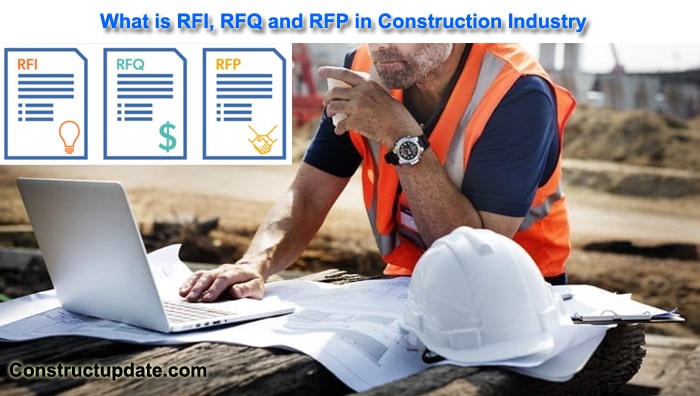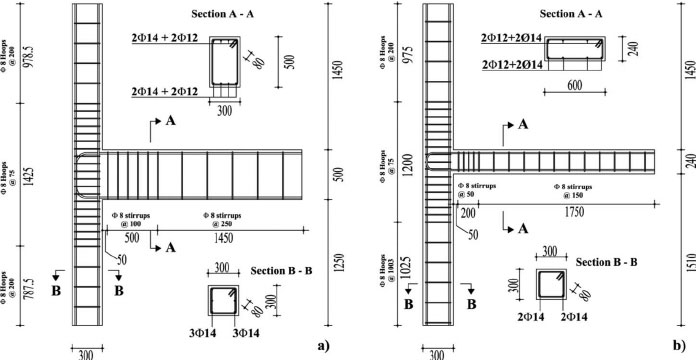What is RFI and RFP for Construction
A request for information (RFI) is a document that is used during the construction process to obtain clarity on a project’s essential features. Several RFIs will be generated and responded to during the life of a complex construction project in order to keep things going along with the right design, specifications, materials, and more.
In an ideal world, every detail of a building’s design would be considered while drafting a contract. In actuality, many aspects of a project must be addressed throughout construction, and RFIs are the primary means by which subcontractors, general contractors, architects, and clients communicate about questions as they emerge.
Having a robust process in place for dealing with RFIs can help keep projects on track and on budget, and successful RFI management will result in satisfied stakeholders.

Request for Information (RFI) Vs. Request for Proposal (RFP)
It can be difficult to tell the difference between RFIs and RFPs, let alone RFQs and RFTs, because there are so many distinct types of requests. RFIs are typically utilised within the scope of a project, whereas RFQs, RFPs, and RFTs are typically used at the initial planning phase.
Request for Quote (RFQ):
An RFQ is a request for information from a vendor or contractor on how they would handle a specific aspect of a project, such as cost estimates. RFQs are typically used when a client needs information about a certain product or service.
Request for Proposal (RFP):
An RFP is a more formal request for detailed project information such as techniques, deadlines, and exact pricing specifications. Clients who seek a clear grasp of the criteria to accomplish a project typically use RFPs.
Request for Tender (RFT):
The reply to an RFI sets forth detailed terms to which they will be obligated if the tender is accepted, while an RFT is the most specific request. In essence, an RFT is a contract request, and RFT responses are frequently deemed legally binding.
What Are RFIs Used For?
Several situations will develop during the course of a project that will necessitate more information. In these situations, an RFI is required, which allows subcontractors to do work to the satisfaction of general contractors, who then finish work that meets the client’s expectations while remaining faithful to the building’s design and architect’s vision.
Information requests serve a number of purposes, but some are particularly popular in the construction industry.
Clarify the design: If the information in the original plans is unclear or contradictory, ask the contractor for design details.
Substitute materials: When materials are unavailable, costly, or unsuitable for a project, suggest an acceptable alternative.
Identify construction issues: When construction obstacles arise as a result of site issues, sequencing issues, or contradicting information, find a solution.
Verify contract terms: When the parameters of a contract, such as a deadline or budget, are unclear, learn the specifics of the deal.
RFIs are utilised in any case where a question needs to be addressed, a change should be proposed, or any aspect of the project plan needs to be clarified.
How Does the RFI Process Work?
Subcontractors, general contractors, consultants, architects, engineers, and clients are among the various players involved in the RFI process. RFIs are typically responded to within seven to ten days, while large and long-term projects might take much longer.
RFIs Help Projects Run Smoothly
While RFIs may appear to be a hassle, they are an important element of keeping projects on track. RFIs are extremely beneficial in responding to changing events or contradicting facts in building projects because of their dynamic character.
You’ll be able to maintain projects on track and under budget if you have a good process for writing and responding to RFIs.




